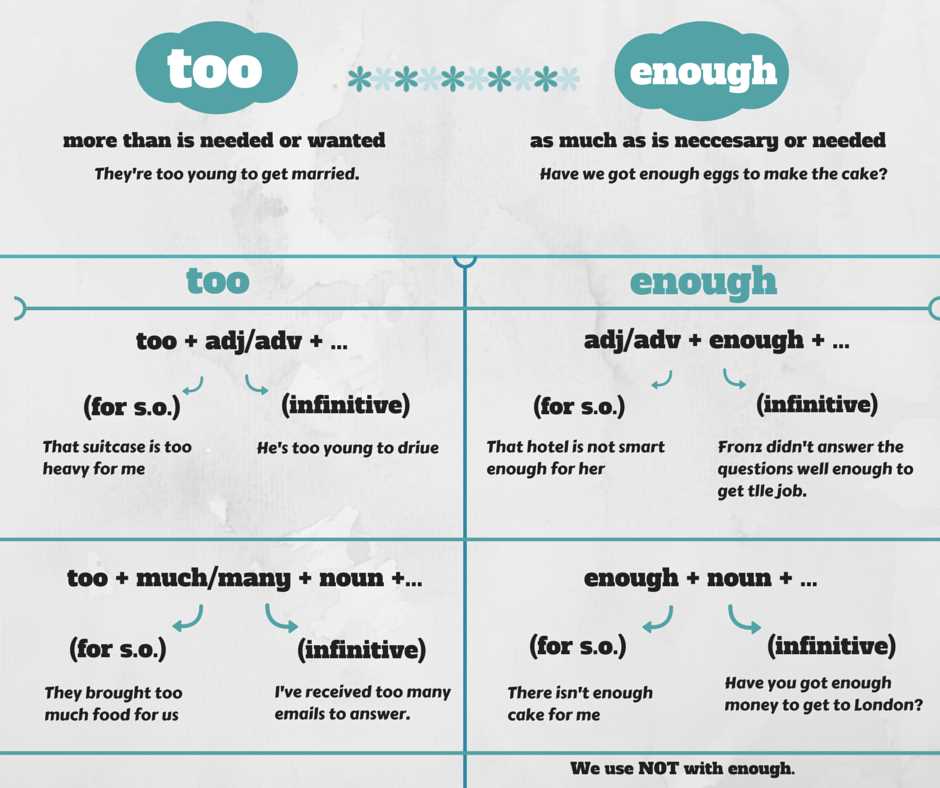
Understanding the rules of noun adjective agreement is crucial for anyone learning Spanish. This fundamental aspect of grammar ensures that nouns and adjectives in a sentence align in terms of gender and number. By following these rules, speakers can accurately describe people, places, and objects in a way that is both grammatically correct and meaningful.
In this article, we will explore the key elements of noun adjective agreement and provide an answer key to common questions and challenges that learners often face. Whether you are a beginner or an advanced student, this guide will help you solidify your understanding of this important aspect of Spanish grammar.
First, we will delve into the basics of gender agreement, discussing the different categories of nouns and the corresponding articles and adjectives that must match them. We will also look at how to make adjectives agree with nouns in terms of number, including discussions on singular and plural forms. Additionally, we will provide an overview of some irregularities and exceptions to the general rules of noun adjective agreement.
What Is Noun-Adjective Agreement in Grammar?
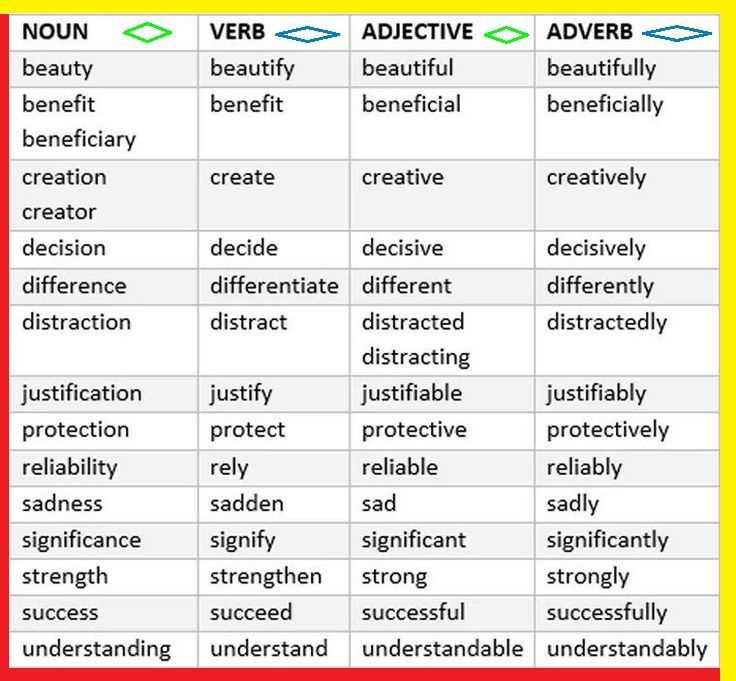
In grammar, noun-adjective agreement refers to the agreement of number, gender, and case between a noun and the adjective that modifies it. This means that the adjective must match the noun it describes in terms of these grammatical characteristics. For example, if the noun is plural, the adjective must also be plural. If the noun is feminine, the adjective must be feminine as well. Noun-adjective agreement is an important grammatical concept that helps ensure clarity and accuracy in written and spoken language.
One aspect of noun-adjective agreement is number agreement. In this case, the adjective must agree with the noun in terms of singular or plural form. For example, if the noun is singular, the adjective must also be singular. Similarly, if the noun is plural, the adjective must be plural as well. This helps maintain the cohesion and coherence of a sentence, as the noun and adjective must match in terms of how many things they are describing.
Another aspect of noun-adjective agreement is gender agreement. This means that the adjective must match the gender of the noun it describes. In languages with grammatical gender, such as Spanish or French, this is particularly important. For example, if the noun is masculine, the adjective must also be masculine. If the noun is feminine, the adjective must be feminine as well. This ensures that the language remains grammatically correct and avoids any confusion or ambiguity.
In addition to number and gender agreement, noun-adjective agreement also involves case agreement. In languages with grammatical case, such as Latin or Russian, this is crucial for maintaining syntactic and semantic clarity. The case of a noun determines its role in a sentence, such as subject, object, or possessive. The adjective must agree with the noun in terms of case as well, ensuring that the sentence structure remains accurate and unambiguous.
In conclusion, noun-adjective agreement is an essential aspect of grammar that helps ensure clarity and accuracy in language. It involves the agreement of number, gender, and case between a noun and the adjective that modifies it. By following the rules of noun-adjective agreement, speakers and writers can create well-formed and coherent sentences that effectively convey meaning.
Understanding the Basics
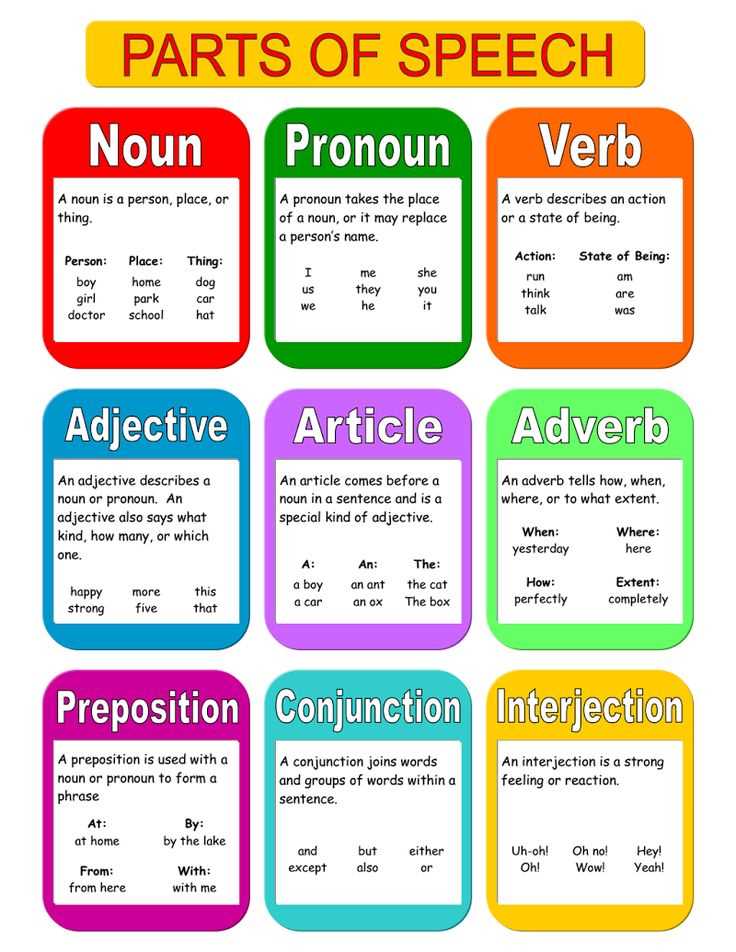
In grammar, noun-adjective agreement is a fundamental concept that plays a crucial role in constructing correct sentences. By understanding this concept, language learners can avoid grammatical errors and ensure coherence in their writing.
Noun-adjective agreement refers to the relationship between a noun and the adjectives used to describe it. In many languages, including Spanish and French, adjectives must agree with the noun they modify in terms of gender, number, and sometimes even case. This means that the ending or form of the adjective must match the gender and number of the noun it is modifying.
For example, if we have the Spanish noun “gato” (cat), which is masculine singular, and we want to describe it as “cute,” we would use the adjective “lindo” (masculine singular). However, if we had a feminine singular noun like “flor” (flower), we would use the adjective “linda” (feminine singular) to maintain agreement.
Understanding noun-adjective agreement is essential for effective communication and clear writing. It allows us to provide accurate descriptions and convey our intended meaning accurately. Without proper agreement, our sentences may sound awkward or confusing, leading to misinterpretation by the listener or reader.
In conclusion, noun-adjective agreement is a foundational concept in grammar that requires attention to gender, number, and sometimes case when connecting nouns and adjectives. By mastering this fundamental rule, language learners can improve their overall language proficiency and communicate more effectively. So, next time you come across an adjective in a sentence, remember to check its agreement with the noun to ensure grammatical correctness.
How Does Noun-Adjective Agreement Work?
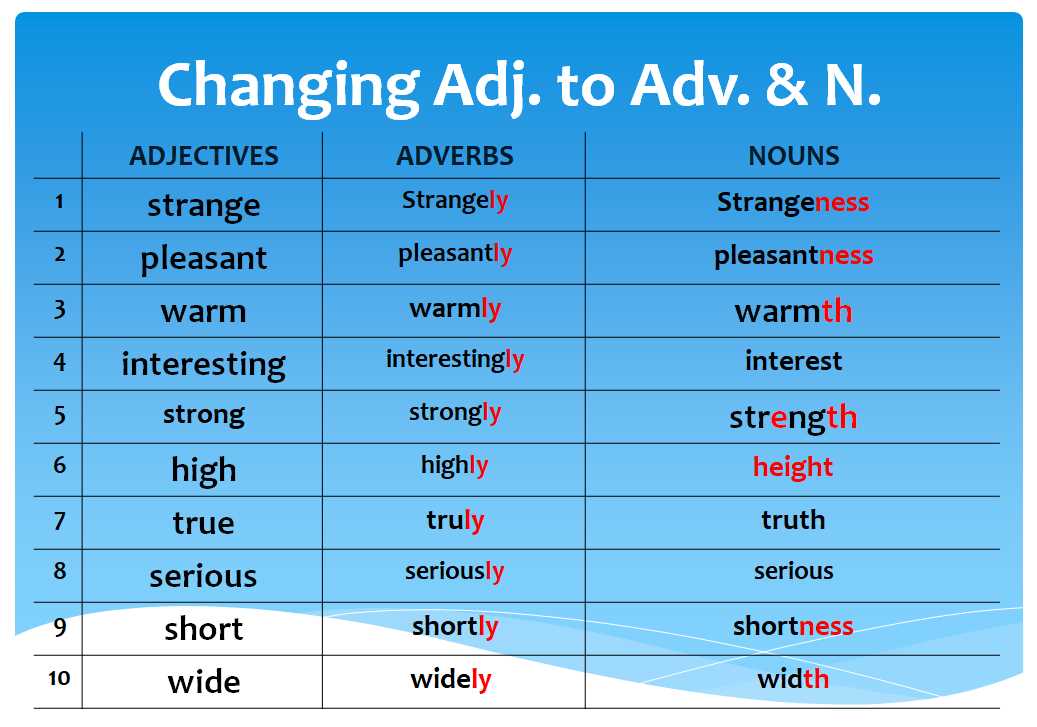
In Spanish, it is important to understand how noun-adjective agreement works in order to properly describe and modify nouns with their corresponding adjectives. Noun-adjective agreement refers to the matching of the gender and number between a noun and its accompanying adjective. This agreement ensures that the adjective agrees with the noun in terms of gender (masculine or feminine) and number (singular or plural).
The basic rule of noun-adjective agreement is that adjectives must match the gender and number of the noun they are modifying. If the noun is masculine singular, the adjective must also be masculine singular. For example, if we have the word “perro” (dog) as a masculine singular noun, and we want to describe it as “grande” (big), the correct agreement would be “un perro grande” (a big dog).
On the other hand, if the noun is feminine singular, the adjective must be feminine singular as well. For instance, if we have the word “gata” (cat) as a feminine singular noun, and we want to describe it as “pequeña” (small), the correct agreement would be “una gata pequeña” (a small cat).
When dealing with plural nouns, the same agreement rules apply. If the noun is masculine plural, the adjective must be masculine plural. For example, if we have the word “gatos” (cats) as a masculine plural noun, and we want to describe them as “grandes” (big), the correct agreement would be “unos gatos grandes” (some big cats).
Similarly, if the noun is feminine plural, the adjective must be feminine plural as well. For instance, if we have the word “gatas” (female cats) as a feminine plural noun, and we want to describe them as “pequeñas” (small), the correct agreement would be “unas gatas pequeñas” (some small female cats).
In summary, noun-adjective agreement is a fundamental concept in Spanish grammar and is necessary to ensure accurate and proper description of nouns with their corresponding adjectives. By following the rules of gender and number agreement, speakers can effectively communicate and convey the correct meaning of their sentences.
Common Examples of Noun-Adjective Agreement
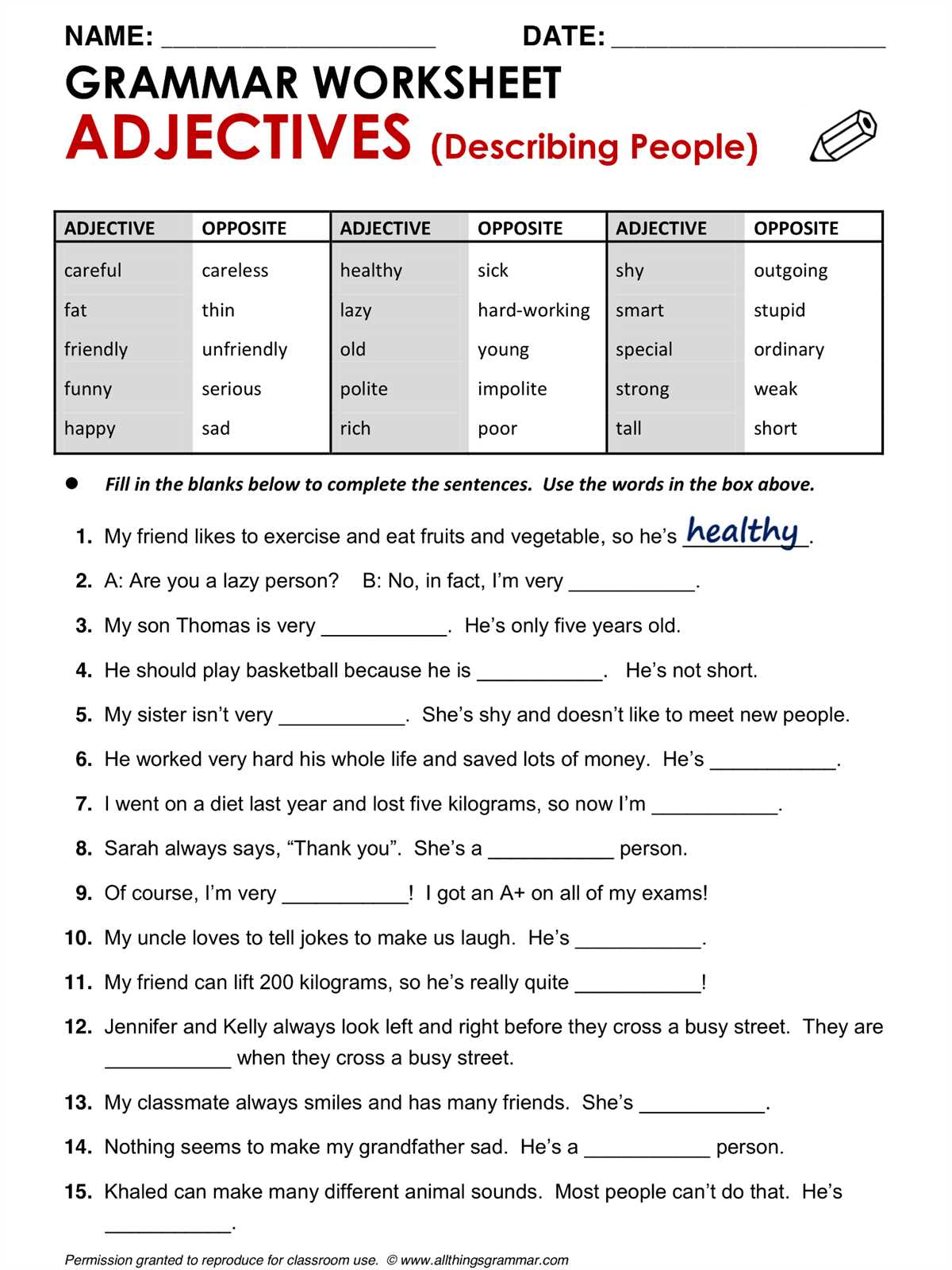
When studying grammar, it is important to understand noun-adjective agreement. This concept refers to the agreement between a noun and its corresponding adjective in terms of gender, number, and case. Let’s explore some common examples of noun-adjective agreement in different contexts.
1. Gender Agreement
In many languages, nouns and adjectives have specific forms based on their gender. For example, in Spanish, the adjective “grande” (big) agrees in gender with the noun it modifies. So, when describing a masculine noun like “coche” (car), we use “grande” as “un coche grande.” On the other hand, when describing a feminine noun like “casa” (house), we use the feminine form “una casa grande.”
2. Number Agreement
Noun-adjective agreement also involves matching the number of the noun and the adjective. In English, this is relatively straightforward as most adjectives do not change their form based on number. However, in languages like French, nouns and adjectives change their form to agree in number. For example, if we want to say “two red flowers” in French, we would say “deux fleurs rouges,” where “rouges” agrees in number (plural) with “fleurs.”
3. Case Agreement
In some languages, like German, noun-adjective agreement also extends to case alignment. The case of a noun determines its role in a sentence, and adjectives must match in case with the noun. For instance, in German, “das kleine Mädchen” means “the small girl” where both “kleine” and “Mädchen” are in the same case, nominative. However, if we say “Ich sehe das kleine Mädchen” meaning “I see the small girl,” “kleine” changes its form to match the accusative case of “Mädchen.”
Understanding noun-adjective agreement is crucial for proper language usage. Mastery of this concept allows for more precise and coherent communication in various languages.
Tips for Mastering Noun-Adjective Agreement
One important aspect of grammar in many languages is noun-adjective agreement. This refers to the agreement between a noun and the adjective that modifies it, in terms of gender, number, and case. Here are some tips to help you master noun-adjective agreement:
1. Understand gender and number
Before you can master noun-adjective agreement, it’s important to have a solid understanding of gender and number in the language you are learning. In many languages, nouns and adjectives can be masculine, feminine, or neuter, and can be singular or plural. Familiarize yourself with the different forms of nouns and adjectives based on gender and number.
2. Pay attention to endings
In many languages, the endings of nouns and adjectives change based on gender, number, and case. Pay attention to these endings and make sure you use the correct form of the adjective based on the noun it modifies. This will help ensure noun-adjective agreement.
3. Practice with exercises
A great way to improve your understanding of noun-adjective agreement is to practice with exercises. Look for exercises or worksheets that specifically focus on noun-adjective agreement and work through them. This will give you hands-on practice and help reinforce the rules in your mind.
4. Use resources and reference materials
Don’t be afraid to consult grammar resources and reference materials when you come across challenging noun-adjective agreement situations. Look up specific rules and examples to help guide you in your understanding. Having reliable resources at your disposal can make a big difference in mastering noun-adjective agreement.
- 5. Pay attention to context
Context can provide helpful clues when it comes to noun-adjective agreement. Consider the overall meaning of the sentence and the relationship between the noun and the adjective. This can help you determine the appropriate form of the adjective and ensure agreement.
By following these tips and consistently practicing noun-adjective agreement, you’ll improve your understanding and mastery of this important aspect of grammar. Remember to pay attention to gender, number, and case, and consult resources when needed. With time and practice, noun-adjective agreement will become second nature to you.
FAQ: Answer Key for Noun-Adjective Agreement
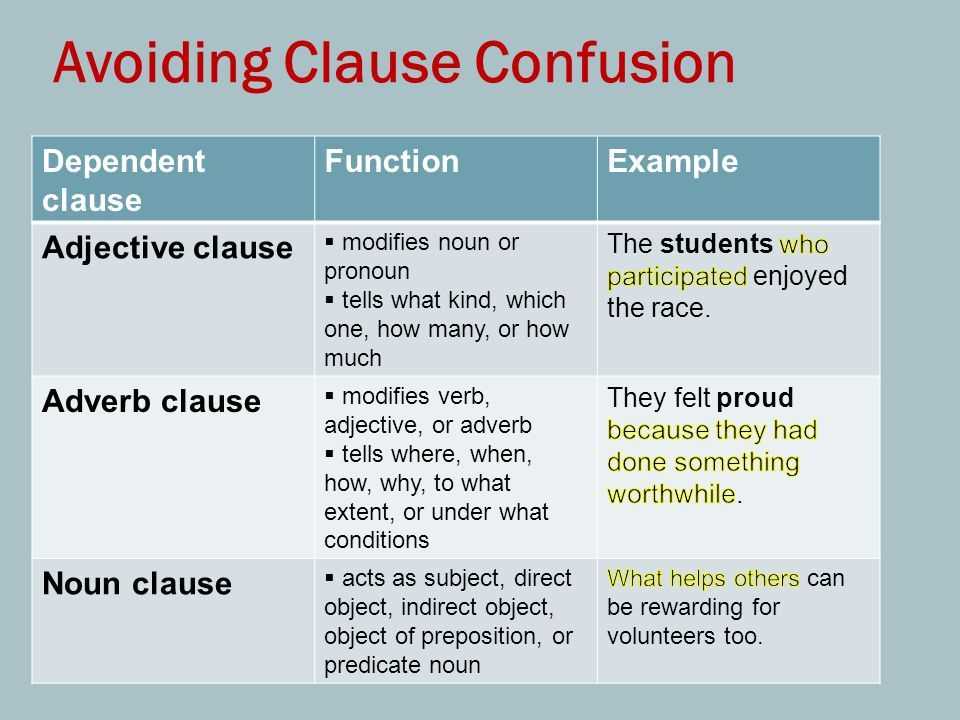
In this section, we have provided answers to some frequently asked questions regarding the noun-adjective agreement in Spanish. If you have any specific questions that are not addressed here, please feel free to reach out to us.
Q: What is noun-adjective agreement?
A: Noun-adjective agreement refers to the grammatical rule in Spanish that states that adjectives must agree with the noun they modify in terms of gender and number.
Q: How can I determine the gender of a noun?
A: In Spanish, nouns are generally assigned a gender based on their ending. Nouns ending in -o are usually masculine, while nouns ending in -a are usually feminine. However, there are exceptions to this rule, and it is important to consult a dictionary or language resource to confirm the gender of a specific noun.
Q: How do I make an adjective agree with a masculine or feminine noun?
A: To make an adjective agree with a masculine noun, you typically use the masculine singular form of the adjective. To make an adjective agree with a feminine noun, you usually change the ending of the adjective to match the gender and number of the noun. For example, “el chico inteligente” (the intelligent boy) and “la chica inteligente” (the intelligent girl).
Q: What about plural nouns?
A: When the noun is plural, the adjective must also be plural. To make an adjective agree with a plural noun, you usually change the ending of the adjective to match the gender and number of the noun. For example, “los chicos inteligentes” (the intelligent boys) and “las chicas inteligentes” (the intelligent girls).
Q: Are there any irregular adjectives?
A: Yes, there are some irregular adjectives in Spanish that do not follow the regular pattern of noun-adjective agreement. These adjectives have different forms for masculine and feminine, and for singular and plural nouns. It is important to memorize the irregular forms of these adjectives to use them correctly.
Q: Can you provide some examples for practice?
A: Sure! Here are a few examples for you to practice noun-adjective agreement:
- El perro grande – The big dog (masculine singular)
- La casa blanca – The white house (feminine singular)
- Los árboles altos – The tall trees (masculine plural)
- Las flores bonitas – The beautiful flowers (feminine plural)
Conclusion:
Noun-adjective agreement is an important grammatical concept in Spanish. By understanding and applying this rule, you will be able to correctly match adjectives with nouns in terms of gender and number. Practice is key to mastering this concept, so make sure to engage in regular exercises to reinforce your understanding.
Q&A:
What is noun-adjective agreement?
Noun-adjective agreement is a grammatical concept that states that adjectives should agree in gender, number, and case with the noun they modify.
What are the different forms of noun-adjective agreement?
The different forms of noun-adjective agreement include masculine singular, feminine singular, neuter singular, masculine plural, feminine plural, and neuter plural.
How do you form noun-adjective agreement in English?
Noun-adjective agreement is not as strict in English as it is in some other languages. However, in English, adjectives generally do not change their form to match the noun they modify.
What happens when there is a noun-adjective disagreement?
When there is a noun-adjective disagreement, it can result in grammatically incorrect sentences or confusion in meaning. It is important to pay attention to noun-adjective agreement to ensure clear and accurate communication.
How can I improve my noun-adjective agreement skills?
You can improve your noun-adjective agreement skills by practicing with exercises and examples, paying attention to noun-adjective agreement in your reading and listening materials, and seeking feedback from native speakers or language instructors.